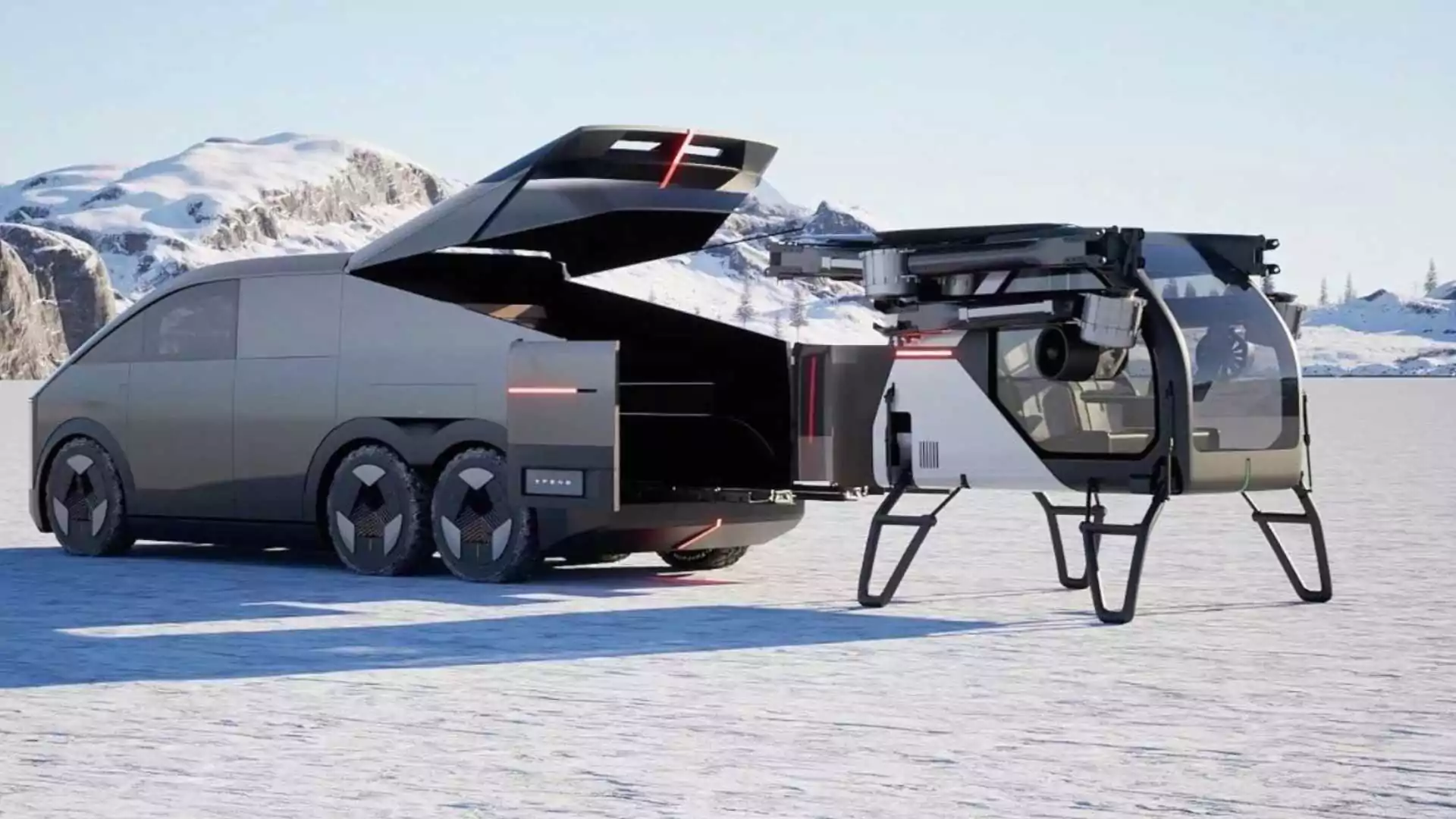Flying cars, once the stuff of science fiction, could soon become a reality. The Aero HT Land Aircraft Carrier, created by XPeng’s subsidiary Aero HT, is a recent innovation that may make flying cars commercially viable by 2026. Priced at ₹1.96 crore (220,000 euros), this cutting-edge vehicle is capturing the attention of the global automobile industry.
The Concept Behind XPeng’s Aero HT Land Aircraft Carrier
XPeng’s new flying car consists of two main components: an SUV section and a lightweight quadcopter capable of vertical takeoff. The quadcopter allows the vehicle to stay airborne for more than 30 minutes, offering a glimpse into the future of personal transportation. This design was unveiled to the public at two major events: the China International Aviation and Aerospace Exhibition in November 2024 and CES 2025 in Las Vegas.
XPeng, a recognized player in the automobile industry in China and beyond, has big plans for the Aero HT. The company has set up a factory with the capacity to produce 10,000 units annually. Their goal is to have the Aero HT ready for commercial flight by 2026. However, initially, the flying car will be sold exclusively within China, as reported by The Telegraph. The excitement surrounding the car is fueled by XPeng’s credibility, bolstered by support from Volkswagen and the company’s performance at international exhibitions like CES 2025.
Challenges and Obstacles for XPeng
Despite the promising prospects, XPeng faces several challenges before the Aero HT can be a commercial success. One significant hurdle is the restricted sale of the car, which will initially be limited to China. Beyond that, there are potential regulatory issues that could impact its success. For example, operating a flying vehicle will require special licenses and may face additional rules, similar to those governing helicopters.
Furthermore, the introduction of flying cars within urban areas could pose unique challenges, such as traffic management, safety concerns, and noise disruptions. These issues would require careful consideration and regulatory adaptation to make flying cars a viable part of city life.
The Future of XPeng’s Flying Cars
While XPeng’s flying car may face various obstacles before hitting the market, its development is a step forward in transforming futuristic concepts into practical transportation solutions. The path to commercial flying cars remains complex, but XPeng’s efforts show that it may only be a matter of time before we see personal vehicles that take to the skies.























